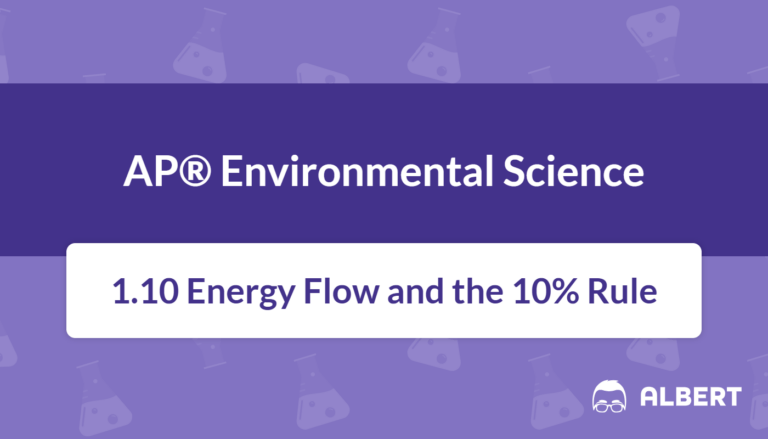
Energy Flow and the 10% Rule: AP® Environmental Science Review
Energy Flow and the 10% Rule Introduction Energy drives every ecosystem on Earth. In AP® Environmental Science, understanding the path of energy flow through living systems

Energy Flow and the 10% Rule Introduction Energy drives every ecosystem on Earth. In AP® Environmental Science, understanding the path of energy flow through living systems
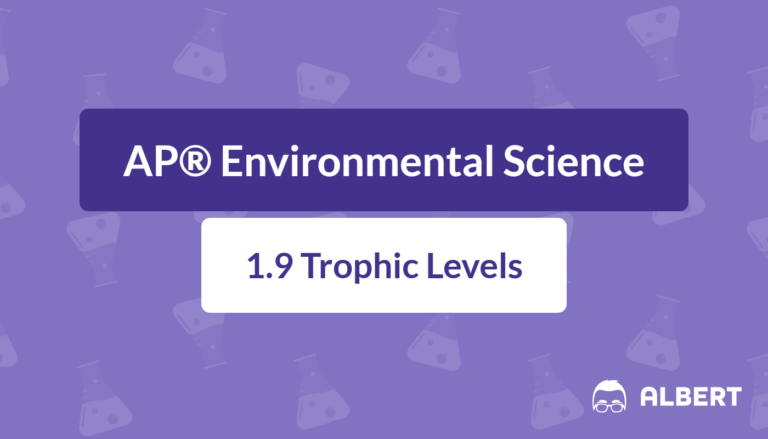
Trophic Levels Explained Introduction Trophic levels serve as an essential framework for understanding how energy and matter flow within an ecosystem. They describe the position
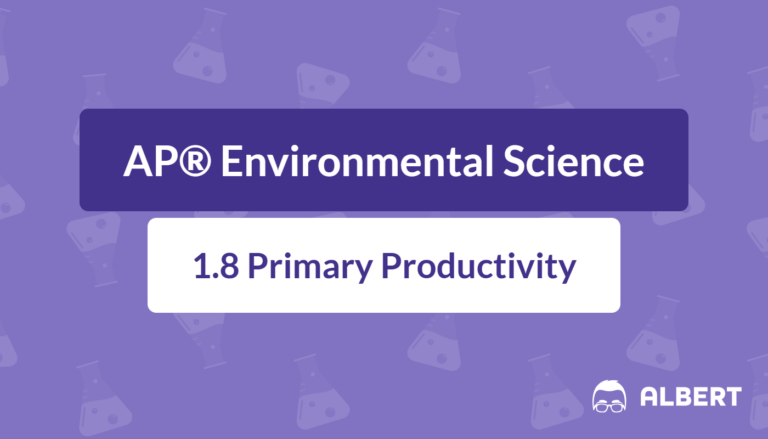
Introduction Primary productivity lies at the heart of ecological studies in AP® Environmental Science. It refers to the rate at which producers—such as plants, algae, and some
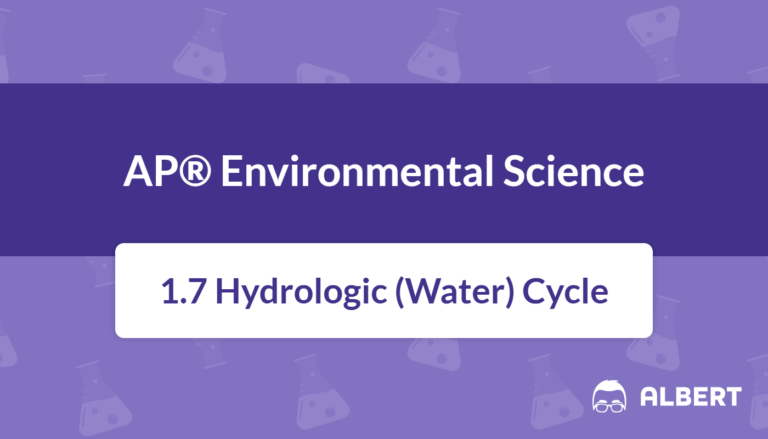
Introduction The hydrologic cycle steps, sometimes called the water cycle, are one of the most crucial processes on Earth. It involves the continuous movement of
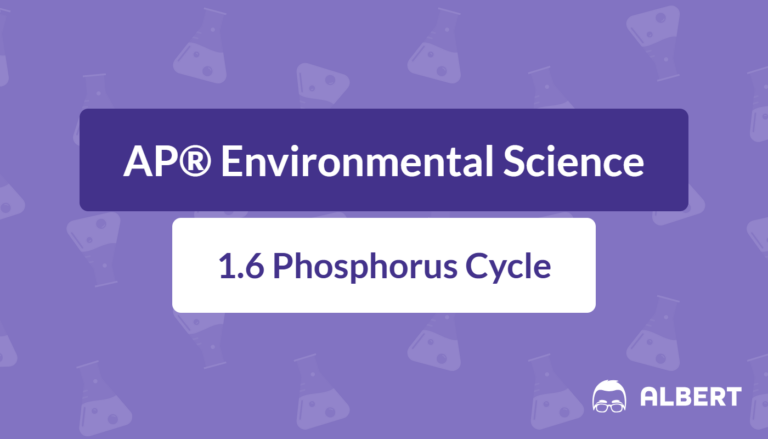
Introduction Phosphorus is a critical element that supports life by helping organisms build the molecules necessary for growth, such as DNA and ATP. Unlike the
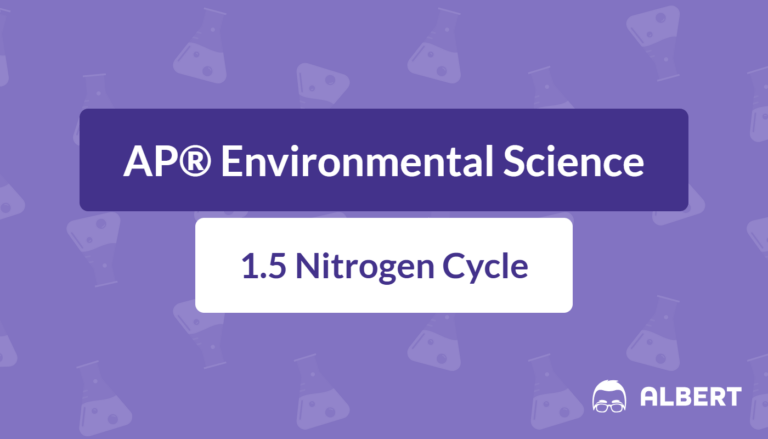
Introduction The nitrogen cycle is one of the most essential processes supporting life on Earth. It circulates nitrogen through various parts of our planet and
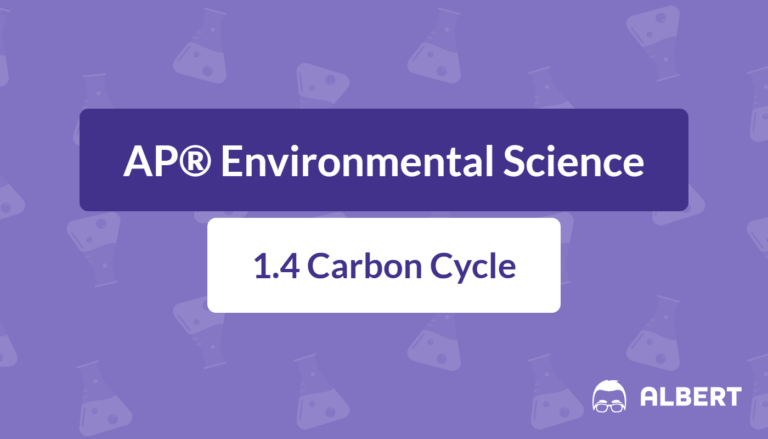
Introduction Carbon plays an essential role in supporting life on Earth. It forms the backbone of many biological molecules, including proteins and carbohydrates. As part
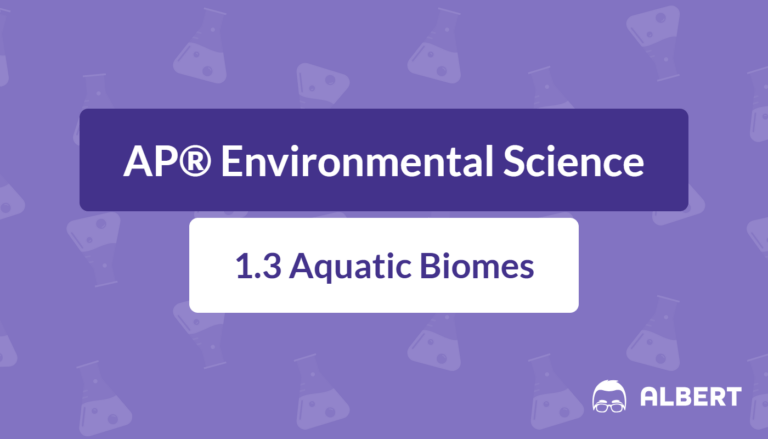
Introduction Aquatic biomes cover the majority of Earth’s surface and serve as habitats for diverse organisms. These biomes significantly influence nutrient cycles, climate regulation, and
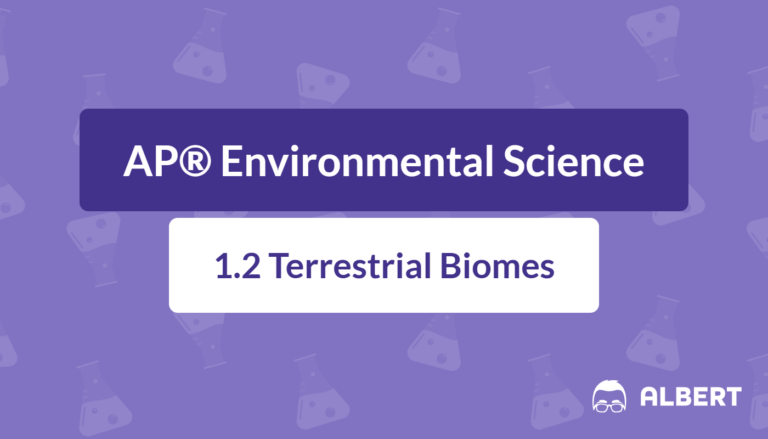
Introduction Terrestrial biomes are large land regions that share similar climate conditions, soil types, and plant and animal communities. These regions are shaped by temperature,